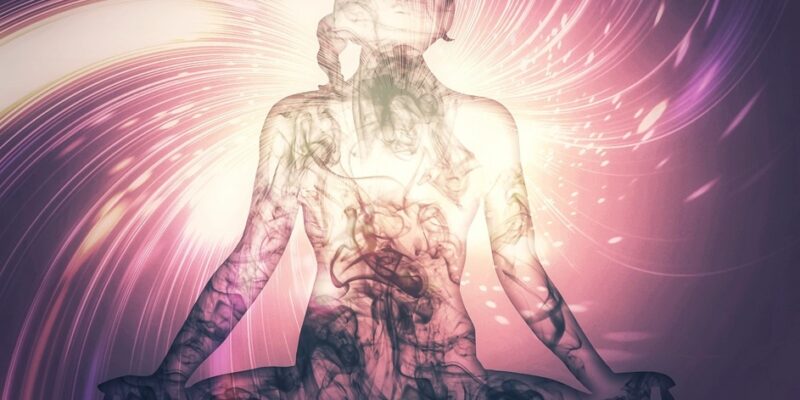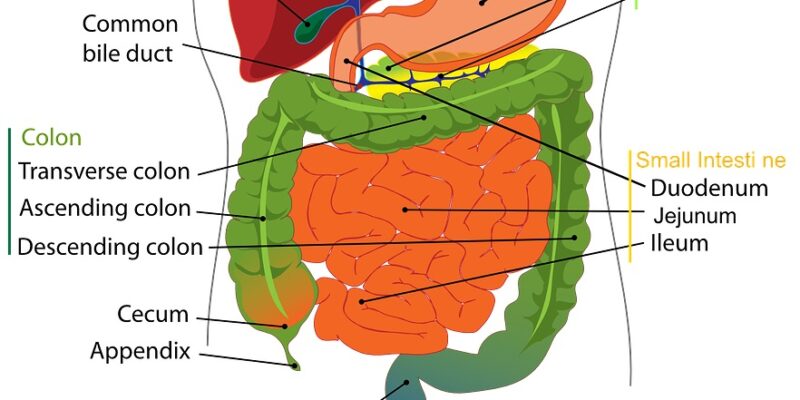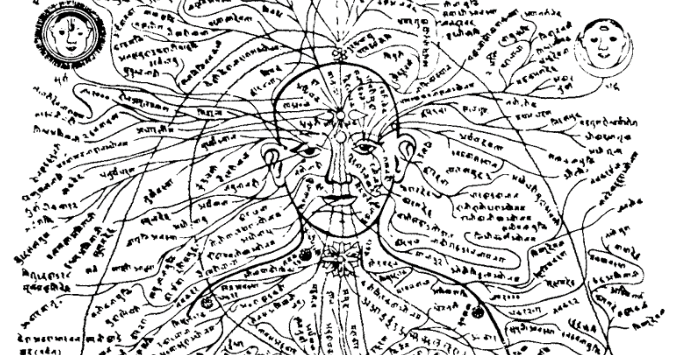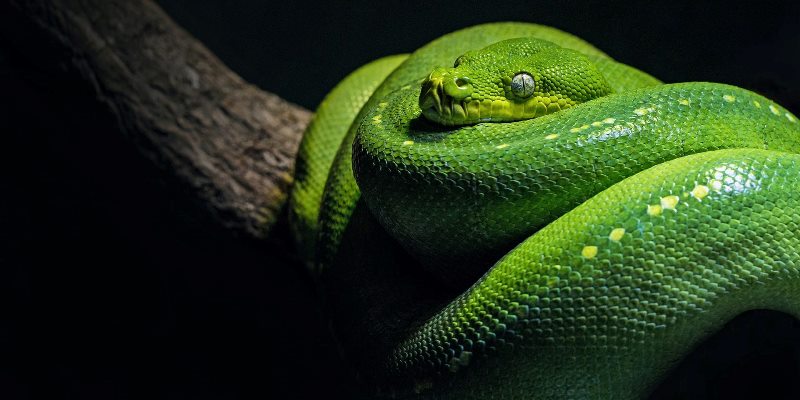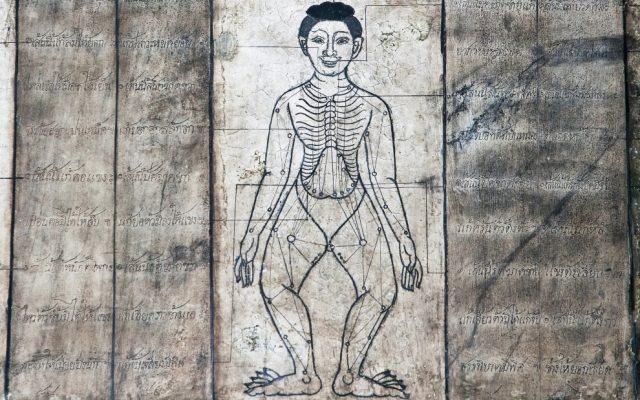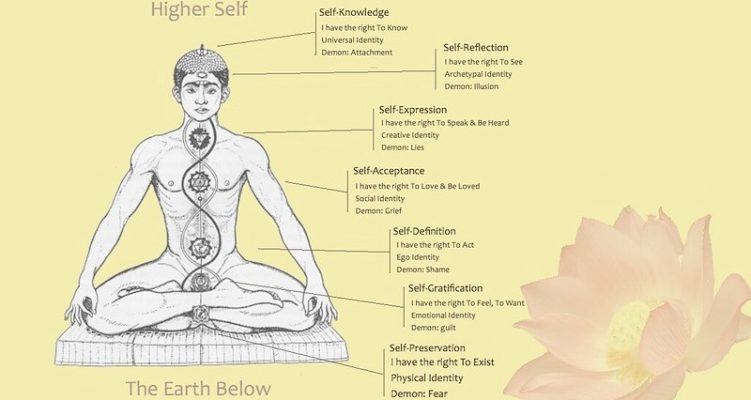
Although some ancient sources and charts claim that the Yoga Nadis “radiate from out the heart region,” it’s more common that it’s mentioned that all the Nadis spring from the Kanda.
The Kanda, also called Kandasthana, Nadi Kanda, or Nadi Chakra, refers roughly to either the abdominal area or the navel area (the umbilicus, which is called Nabhi in the Sanskrit language). The Sanskrit word Kanda can mean “bulb,” “trunk,” “root,” “knot,” “swelling,” or “lump.”
It’s commonly thought that the Kanda area encloses the Manipura Chakra (Navel Chakra) and reaches downwards until (or even under) the Muladhara Chakra (Root Chakra). It’s usually said it has an oval shaped form, like an egg, basically situated between the navel area and perineum.

Nevertheless, mind that the above is just one train of thought. There are a vast number of contrasting views about where exactly the Kanda is located, what shape and color it has and what material it’s made of, and where in the Kanda the Nadis have their beginnings.
Some texts claim that all the Nadi Energy Channels start just below the navel, others say around it in a circle, while others claim they start near the solar plexus, or as the intersection of Sushumna Nadi and the Muladhara Chakra, and again other texts state that all start from one single point near the navel. Moreover, the distances to the navel are measured in “finger-wide” or “thumb-wide” distances, which up to today is a point of confusion.
Here then some quotes taken from different ancient Yoga texts:
“The root of all Nadis, the Kandasthana, is nine fingerbreadths above the Muladhara Chakra and the center of it is the navel. The Nadis leave Kandasthana horizontally and vertically.”
“The Kanda is located two inches below the genitals and two inches above the anus, which is considered the midpoint of the human being, called Tundam.”
“Seventy-two thousand Nadis emanate from the place known as Kanda which resembles a bird’s egg found above the genitals and below the navel. Of them, seventy-two Nadis are vital Nadis carrying Prana.”
“All the Nadis are stemming out from Kanda which is in the form of the egg of a bird situated above the generative organ (lingam) below the navel.”
In any case, there’s one similarity in most theories, and that is that the area of the navel or the abdominal area, the Kanda, is the starting point of all the Nadis. Additionally, it’s also thought that it’s the prime location where Prana enters the physical body.

Perhaps this is altogether not so odd when we think about how a human being develops in the uterus: the connection with the mother is through the umbilical cord (attached to the placenta and the navel of the baby) which supplies blood, nutrition, oxygen, and supposedly Prana Life Force.
As long as a baby is in the womb, the only way to absorb Prana is through the umbilical cord which attaches to the baby’s navel area. In that sense, it would only be logical that the Nadis also start there.
Later, when the baby is born, Prana absorption takes place through the air it breathes and the food it eats, and also through sunlight that penetrates the skin, or through barefoot contact with the Earth.
Nevertheless, the starting points of the Nadis are important to be “open and unblocked” because as far as the theory goes they remain the initial points for Prana distribution, even after birth. Subsequently, Nadi manipulation is also done on these points around the navel (the Kanda), an area often rather contracted and tensed, with lots of knots, tangles, and adhesions to be worked on and released.







